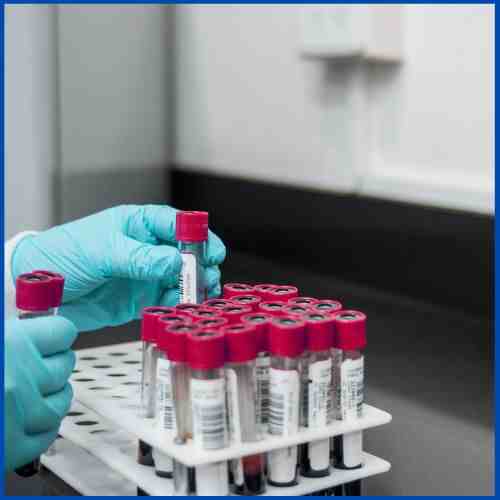Good Laboratory Practice Guidelines

Good Laboratory Practice (GLP) guidelines are a set of principles that ensure the reliability, accuracy, and integrity of scientific data generated in a laboratory setting. These guidelines were developed by the Organization for Economic Cooperation and Development (OECD) and are widely recognized by regulatory agencies worldwide.
Why are GLP guidelines important?
The adherence to GLP guidelines is essential to ensure the acceptance of the data by regulatory agencies worldwide. The guidelines provide a framework for laboratory operations and ensure that the experiments are conducted consistently and reproducibly. GLP guidelines also ensure the integrity of the data generated, which is crucial for scientific research and development.
What are the key elements of Good Laboratory Practice guidelines?
The key elements of GLP guidelines include the following:
- Organization and Personnel: The laboratory should have a clear organizational structure with defined roles and responsibilities. The personnel should be adequately trained and qualified for their roles, and their training records should be maintained.
- Facilities and Equipment: The laboratory should have adequate facilities, equipment, and resources to conduct the experiments. The equipment should be calibrated and maintained regularly, and their records should be maintained.
- Test and Control Articles: The test and control articles used in the experiments should be identified, labeled, and stored properly. Their usage should be recorded and monitored to ensure their integrity.
- Standard Operating Procedures (SOPs): The laboratory should have written SOPs for all the experiments and procedures conducted. The SOPs should be followed strictly and updated regularly.
- Study Plan: The laboratory should have a study plan that outlines the objectives, procedures, and methods of the experiment. The plan should be reviewed and approved before the start of the experiment.
- Records and Data Management: All the records and data generated during the experiment should be maintained in a timely, accurate, and legible manner. The data should be stored securely, and access should be restricted to authorized personnel only.
- Quality Assurance: The laboratory should have a quality assurance program that ensures the reliability and accuracy of the data generated. The program should include regular audits, inspections, and reviews of the laboratory operations.
Read Related Blog: SLT, MLT – Lab Technologist in Nigeria. What they Do and Salary
How to Implement Good Laboratory Practice Guidelines?
The implementation of GLP guidelines requires a significant investment in time, resources, and personnel. The following steps can help laboratories implement GLP guidelines:
- Assessment of the Current Laboratory Practices: The laboratory should assess its current practices against the GLP guidelines to identify the gaps and areas that need improvement.
- Development of the Standard Operating Procedures (SOPs): The laboratory should develop and implement SOPs for all the experiments and procedures conducted. The SOPs should be followed strictly and updated regularly.
- Training of Personnel: The laboratory personnel should be adequately trained and qualified for their roles. The training should cover the GLP guidelines, SOPs, and safety procedures.
- Quality Assurance Program: The laboratory should develop and implement a quality assurance program that ensures the reliability and accuracy of the data generated. The program should include regular audits, inspections, and reviews of the laboratory operations.
- Documentation: All the records and data generated during the experiment should be maintained in a timely, accurate, and legible manner. The data should be stored securely, and access should be restricted to authorized personnel only.
- Continual Improvement: The laboratory should continually review and improve its practices to ensure the compliance with the GLP guidelines.
Conclusion:
Good Laboratory Practice (GLP) guidelines are essential to ensure the reliability, accuracy, and integrity of scientific data generated in a laboratory setting. The adherence to GLP guidelines is crucial for the acceptance of the data by regulatory agencies worldwide. Laboratories should implement GLP guidelines as a standard operating procedure.
 No products in the cart.
No products in the cart.